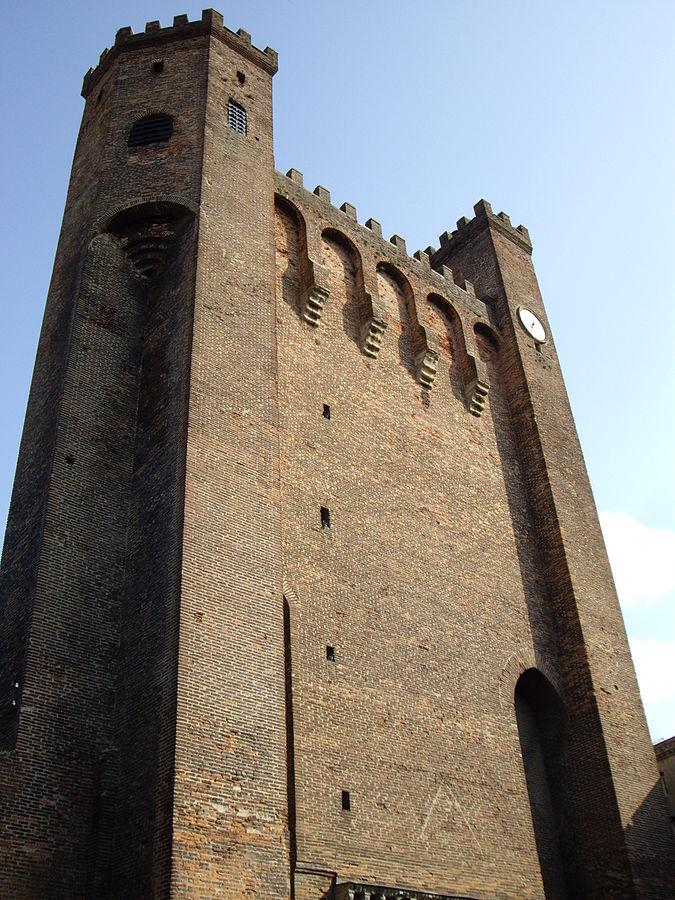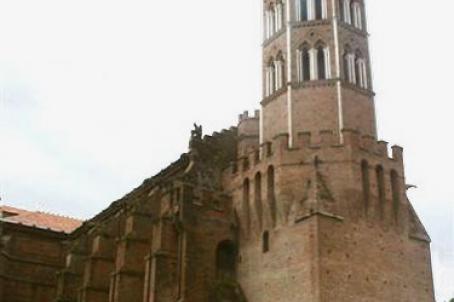Church of Notre-Dame-du-Camp, Pamiers
The city of Pamiers, as well as the first church, were founded on the return from the crusade of Count Roger II of Foix. Installed on an ancient Roman castrum, the Church was built between 1170 and 1180. It nevertheless underwent the contradictory debate between Cathars and Catholics, the city being in the heart of Catharism, even defined as one of the foci of Catharism. It was rebuilt in the 14th century, on the remains of the first building. Religious wars ruined the building again, before it was rebuilt in 1603. Destroyed in 1621, a new reconstruction took place in 1630.
About this building
This is an elongated building with polygonal apse. Its facade consists of an imposing and massive narthex raised over several meters high, with the appearance of a fortress. It is pierced with a sculpted portal, inscribed in a semicircular arch. Two towers flank this same facade, pierced only by a few loopholes. Its gutter walls are punctuated by protruding buttresses and semicircular bays, with stained glass windows, thus delimiting four spans. Organ built in 1860 by… mile Poirier and Nicolas Lieberknecht, classified MH for its instrumental part. It was restored in 2004.






